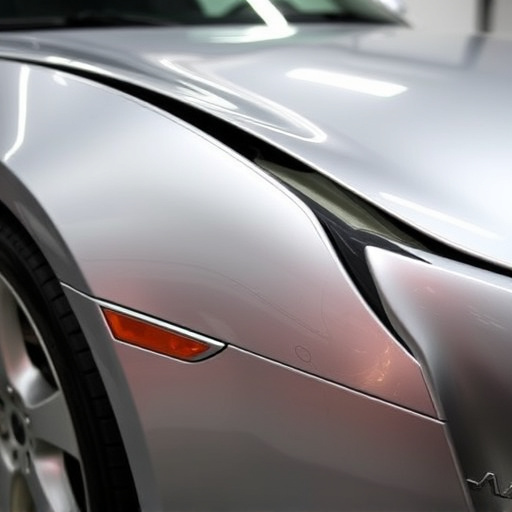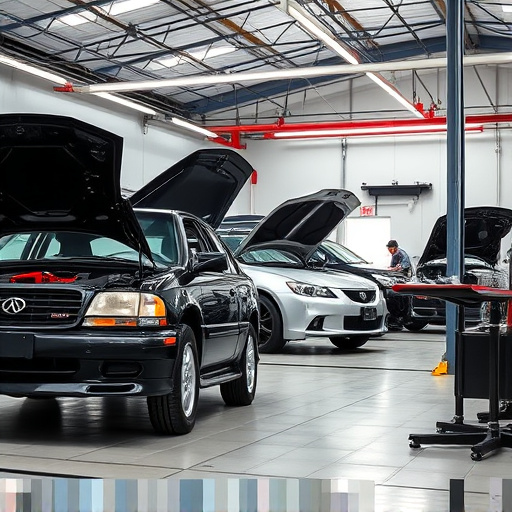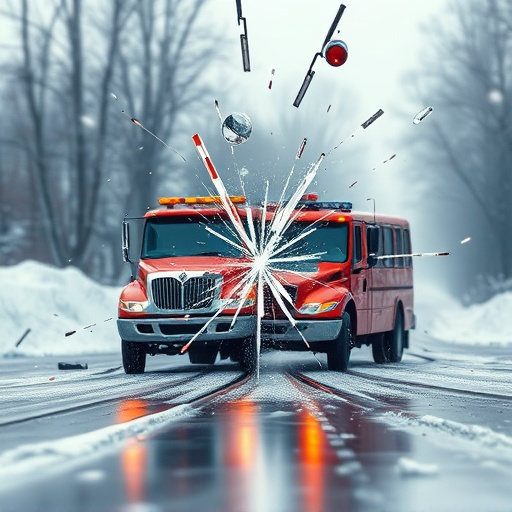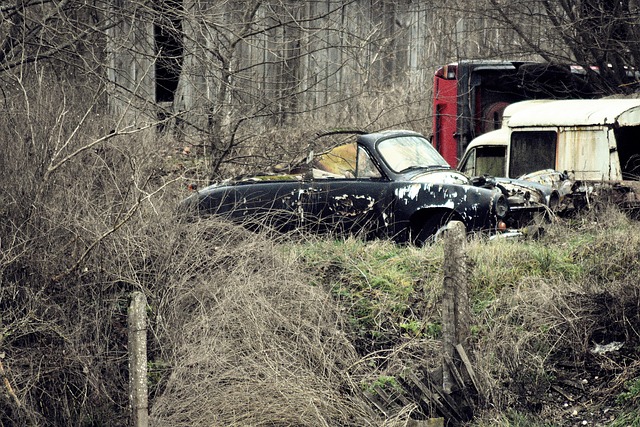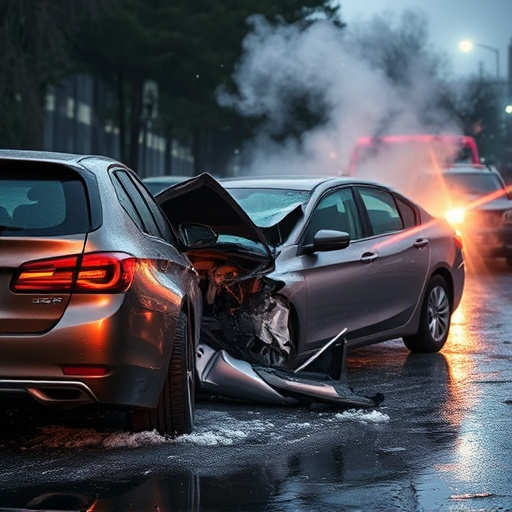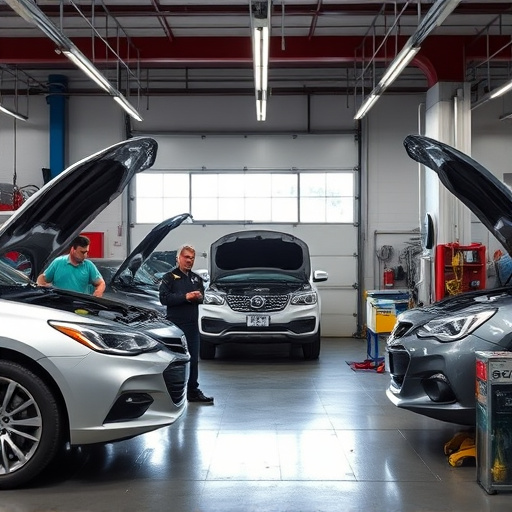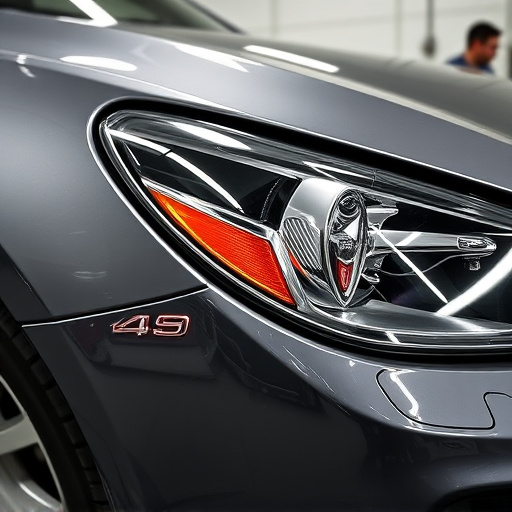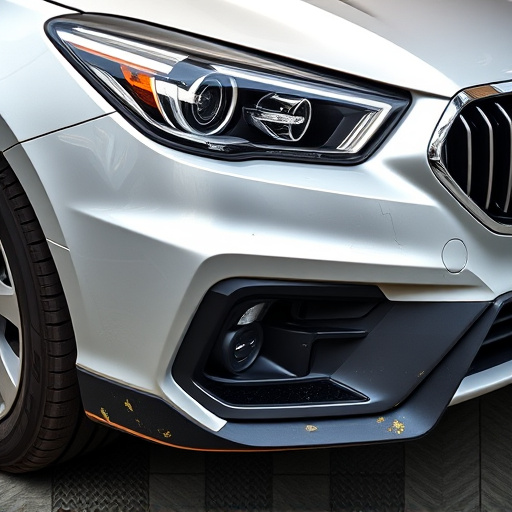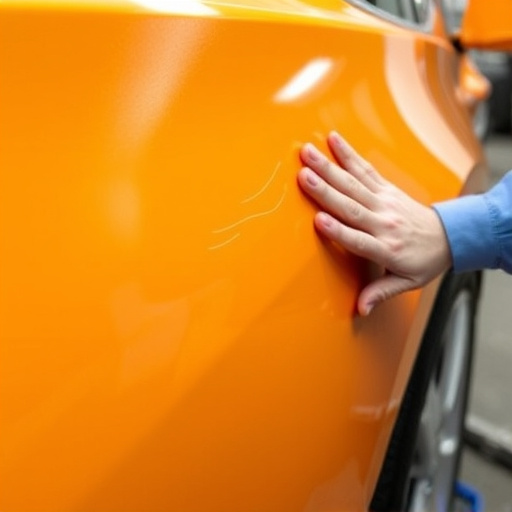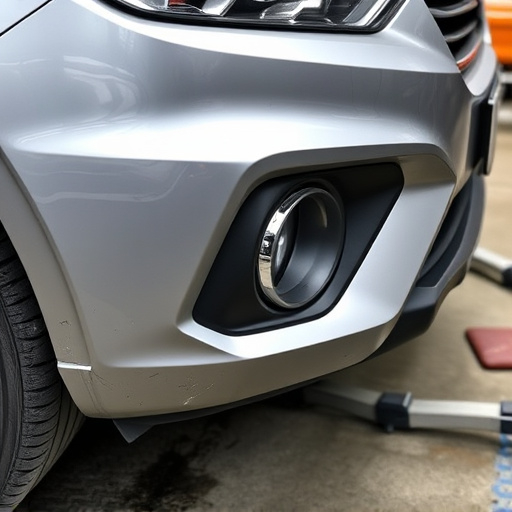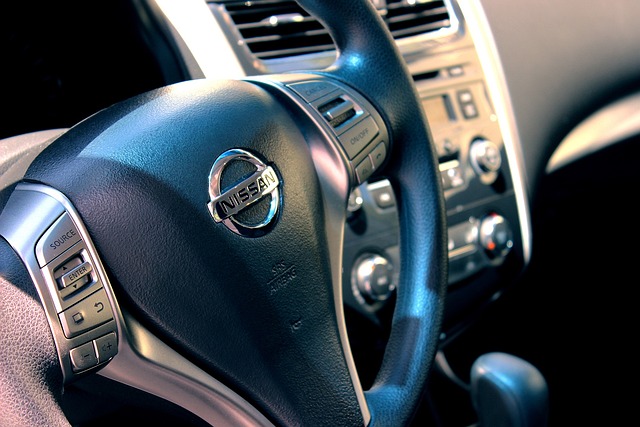Evaluating dent damage is key for vehicle dent fixing. Minor dents can be addressed with DIY methods, but significant damage demands professional auto body repair services for precise, safe, and aesthetic restoration, considering techniques like PDR and metal straightening. Choosing the right solution based on dent size, depth, budget, and desired outcome ensures optimal results.
Vehicle dent fixing is a common concern for car owners. Whether it’s from a parking lot mishap or road debris, proper repair can restore your car’s appearance and value. This guide will walk you through evaluating your car’s dent damage and understanding the various repair methods available. By knowing what solutions offer the best results for different types of dents, you’ll be equipped to make an informed decision for effective vehicle dent fixing.
- Evaluating Your Car's Dent Damage
- Understanding Common Repair Methods
- Choosing the Right Solution for Optimal Results
Evaluating Your Car's Dent Damage
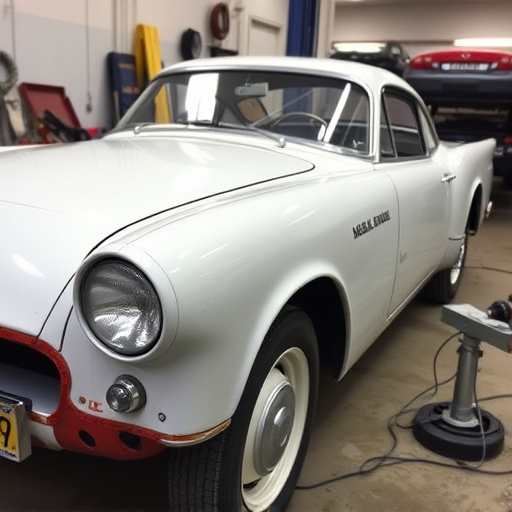
Evaluating your car’s dent damage is the first step in effective vehicle dent fixing. Start by assessing the size, depth, and location of the dent. Smaller, shallower dents can often be fixed with simple methods like rubbing compounds or DIY kits, which are cost-effective options for minor scuffs and scratches. However, deeper or larger dents may require more intensive techniques such as dent removal or even frame straightening.
Consider factors like the car’s overall condition, the dent’s proximity to sensitive areas like doors or fenders, and whether there are any underlying structural issues. For significant damage, consulting a professional for car scratch repair or dent removal is advisable. They have the expertise and tools to ensure precise results, preserving your vehicle’s aesthetics and safety.
Understanding Common Repair Methods
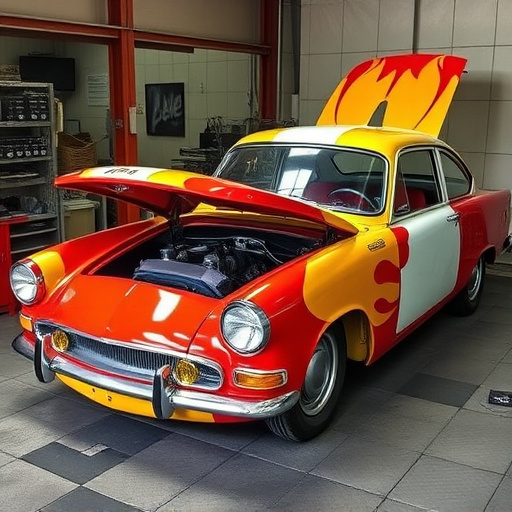
When it comes to vehicle dent fixing, there are several methods available, each with its own advantages and drawbacks. Understanding these techniques is key to making an informed decision for your car’s repair. Common repair methods include paintless dent repair (PDR), which involves using specialized tools to gently push out the dent from the inside without damaging the paint job; and traditional auto body services where the damaged panel is completely replaced.
Collision centers often offer a range of options, from simple PDR for smaller dents to more complex car restoration for severe damage. The choice between these methods depends on factors like the size and depth of the dent, your budget, and the desired outcome. For minor dents, PDR is cost-effective and non-invasive, preserving the original paint and finish. In contrast, replacement panels are necessary for larger damages, ensuring structural integrity but at a higher cost and with potential paint matching challenges.
Choosing the Right Solution for Optimal Results
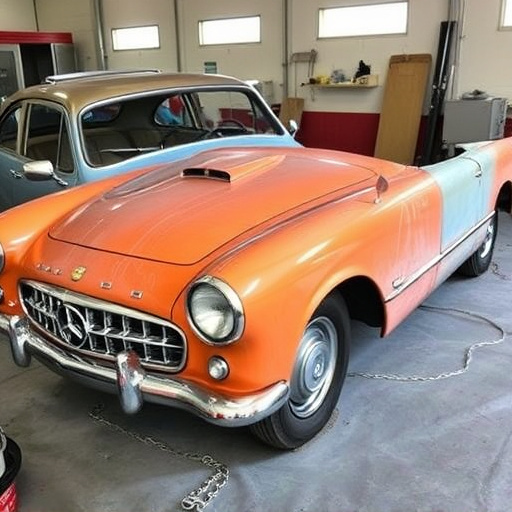
When it comes to vehicle dent fixing, choosing the right solution is paramount for achieving optimal results. The first step involves evaluating the extent of the damage—whether it’s minor dents or more severe hail damage repair needs. For smaller, shallow dents, DIY methods using putty or special clay bars can be effective and cost-saving. These at-home kits offer a quick way to fix cosmetic issues without visiting a car body shop.
However, for deeper or complex car body shop repairs, professional auto body repair services are indispensable. Expert technicians employ advanced techniques like metal straightening, patching, and painting to restore your vehicle to its pre-dent condition. Remember, the best method ensures not just visual appeal but also structural integrity, ensuring your car is safe and reliable on the road after dent fixing.
When it comes to vehicle dent fixing, understanding your car’s damage and selecting the right repair method are key. By evaluating your dents thoroughly, you can decide between various techniques like paintless dent repair, traditional filling, or even DIY kits, each offering unique advantages. Choosing the optimal solution ensures not just effective removal of those unsightly dents but also preserves your vehicle’s value and appearance. Remember, proper care and prompt action are crucial in maintaining the integrity of your car’s exterior.

